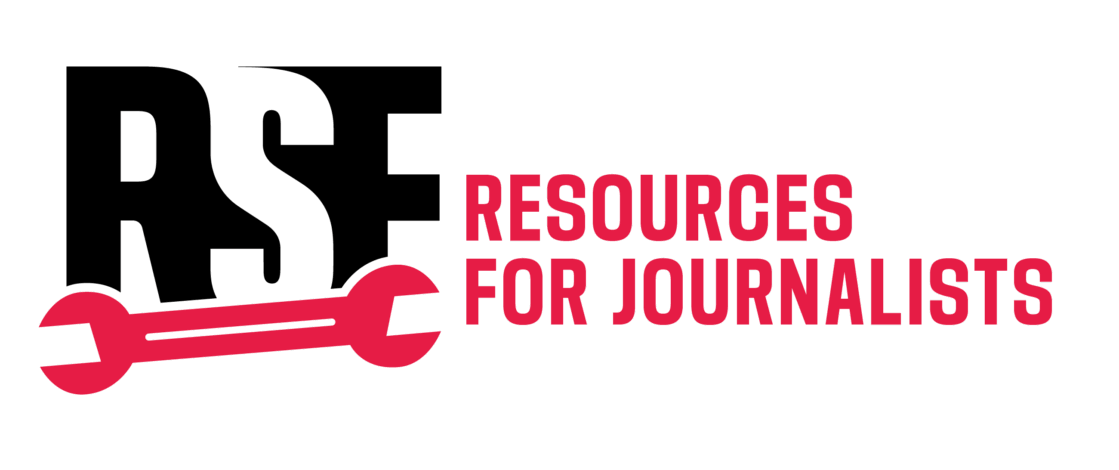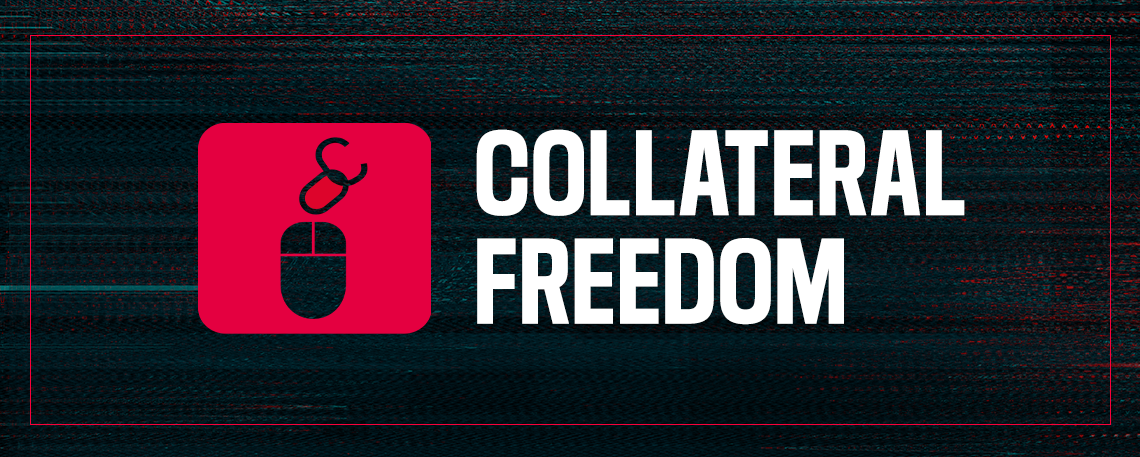Many websites of media outlets reporting on regions that monitor and censor the internet have been blocked by the authorities, which has become a significant challenge for the public’s access to information. In this article, Reporters Without Borders (RSF) introduces Collateral Freedom, an initiative it has been developing to help media outlets bypass censorship.
Since its launch in 2015, RSF’s Collateral Freedom operation has enabled it to restore access to more than 150 censored news websites around the world. This article describes the censorship circumvention method used in this initiative, which combines website mirroring with a key principle in anti-censorship operations called “collateral damage.”
Website mirrors
A website mirror is an exact replica of the original website, but hosted on a different domain (so its URL changes and is often long and complicated). It allows users to simply visit an alternative site that “mirrors” the censored content, so it is always up-to-date. There is no need to install or configure any software such as a Virtual Private Network (VPN) or Tor, but this technology only works for websites and not for Facebook pages or YouTube channels.
Governments that monitor the internet can easily find and block website mirrors. The effectiveness of mirror links therefore lies in the ability of the organiser such as RSF to continuously provide new mirrors as old ones may be shut down.
Censored content in plain sight
A solution to the precariousness of website mirrors is to use the principle of “collateral damage”: host them within services that are so wide-reaching and essential that the cost of blocking such services would deter censors from doing it.
Hosting a website mirror on something like Amazon Web Services or Microsoft Azure means that if the censors want to block access to the mirror site, they may have to block the entire cloud service. The potential disruption to services and communication, and the likely backlash from the public stemming from blocking the entire cloud service of a popular platform, will force the censors to leave the mirror accessible.
Expanding the toolkit
It is in the power of journalists and media outlets to make their content accessible in the face of censorship. They can also use Tor onion services to mirror their website(s): Tor services provide the most censorship-resistant network, because no government can detect the connection or block access to it. It is possible to mirror media outlet websites or even host a small static website with OnionShare, though this requires a bit more technical know-how.
In addition to supplying and maintaining website mirrors, journalists and media outlets can also archive their website(s). Internet Archive, a US-based non-profit focused on archiving and preserving the Internet, can be used to save uncensored copies of media websites. RSF’s Resource for Journalists Safety website is publicly archived.
→ Contact us if you would like to create a mirror link for your news website.
This article is part of a series on censorship circumvention:
• Internet censorship 101 for journalists in authoritarian regimes
• Collateral Freedom, a solution for media outlets to bypass censorship
• OONI, a tool to check whether an online service is being blocked
• Downloading Tor Browser despite censorship



